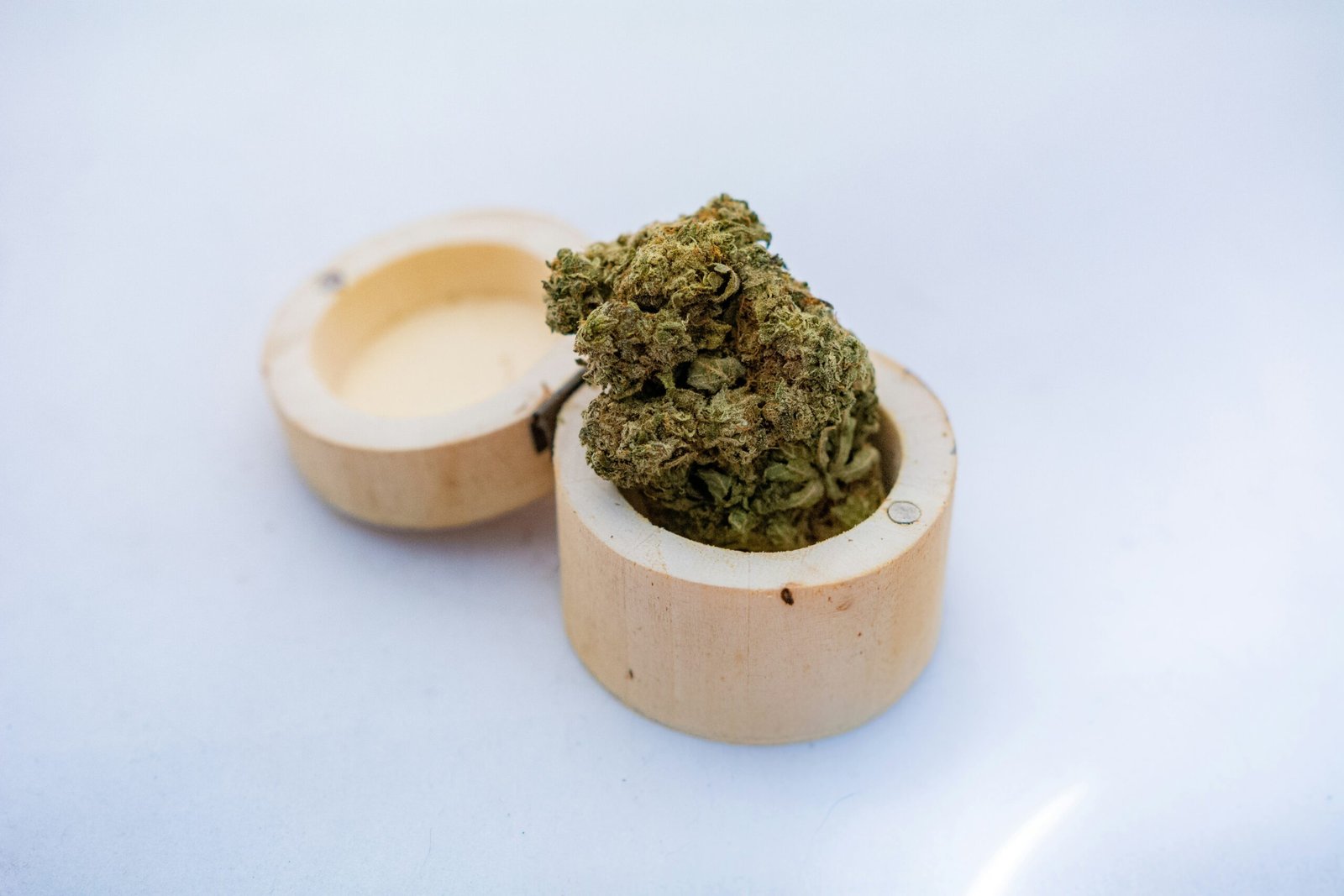Understanding High Blood Pressure
High blood pressure, also known as hypertension, is a prevalent health condition characterized by an elevated force of blood against the walls of the arteries. This medical condition can go unnoticed as it typically presents no overt symptoms, making regular monitoring essential. Blood pressure readings comprise two measurements: systolic and diastolic. The systolic pressure occurs when the heart beats, while the diastolic pressure is measured when the heart is at rest between beats. A normal blood pressure reading is generally considered to be around 120/80 mm Hg; values above this can indicate varying degrees of hypertension.
Several factors contribute to the development of high blood pressure, including lifestyle choices, genetic predisposition, and underlying health conditions. Risk factors such as obesity, excessive alcohol consumption, sedentary behavior, and a diet high in sodium can exacerbate this condition. Additionally, age and socioeconomic factors often influence blood pressure levels, with studies indicating a higher prevalence in certain populations.
Untreated hypertension poses serious health risks, including heart disease, stroke, kidney damage, and other complications. According to recent statistics, nearly 47% of adults in the United States are affected by high blood pressure, a figure that highlights the critical need for preventive measures and effective management strategies. Without adequate control, high blood pressure can lead to irreversible damage to vital organs, emphasizing the importance of early detection and intervention.
In conclusion, understanding the implications of high blood pressure, including its causes, symptoms, and long-term health consequences, is crucial for individuals at risk. Early intervention and continuous monitoring are vital in managing this widespread condition effectively.
Lifestyle Changes for Blood Pressure Management
Managing high blood pressure necessitates a comprehensive approach that emphasizes lifestyle modifications. Regular physical activity plays a pivotal role in lowering blood pressure. According to the American Heart Association, engaging in at least 150 minutes of moderate-intensity aerobic exercise weekly can help reduce systolic blood pressure by approximately 5 to 8 mm Hg in individuals with hypertension. Additionally, activities such as brisk walking, cycling, and swimming also contribute to weight management, a crucial aspect of blood pressure control.
Weight management strategies are equally important in blood pressure regulation. Obesity often correlates with higher blood pressure levels, and even modest weight loss can yield substantial benefits. Research suggests that losing just 5 to 10 percent of body weight can result in significant drops in blood pressure. A balanced diet rich in fruits, vegetables, whole grains, and lean proteins, paired with reduced sodium intake, can facilitate weight loss and enhance overall cardiovascular health.
Stress reduction techniques are integral for those seeking to manage their blood pressure. Chronic stress is known to contribute to high blood pressure, leading to detrimental health outcomes. Mindfulness practices such as meditation, yoga, and deep-breathing exercises can effectively mitigate stress levels and promote relaxation. Studies show that a regular practice of these techniques is associated with lower blood pressure readings and improved heart health.
Another vital aspect to consider is sleep hygiene. Poor sleep quality and duration can elevate blood pressure levels, and establishing a consistent sleep schedule is beneficial. Research indicates that individuals experiencing sleep disturbances are at a greater risk of developing hypertension. Therefore, prioritizing sufficient, restful sleep can serve as a natural remedy for managing blood pressure.
By adopting these lifestyle changes, individuals can significantly impact their blood pressure levels and overall cardiovascular health. These strategies are supported by extensive research, affirming their effectiveness in promoting a healthier lifestyle.


